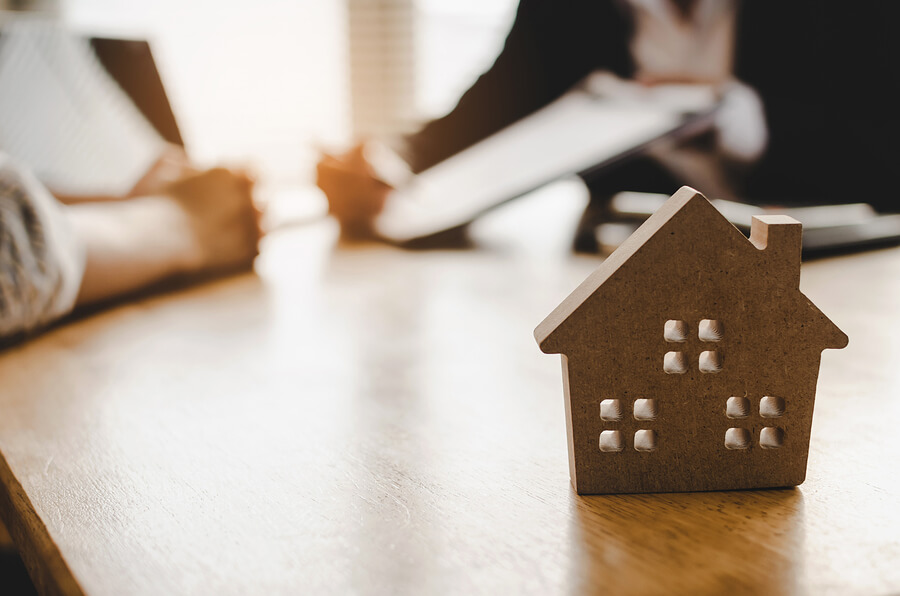How much do you know about down payments?

Most homebuyers still mistakenly believe that every home purchase with a loan requires a 20% down payment. However, modern financing options are more diverse than ever before – and many require little to no down payment. The following guide can help potential buyers better understand down payments, how they work, and how to choose the right amount.
What is a down payment?
A down payment is the money that buyers pay at the origination of a loan – whether that is for a home, vehicle, or other large asset. Money for a down payment often comes from personal savings, while smaller loans may allow you to put the down payment amount on a credit card.
Down payments are sometimes – but not always – a part of a loan. The amount that is made in a down payment will affect the amount the loan is for, as well as what the monthly payments will be. A larger down payment equates to a smaller loan, which in turn leads to a lower monthly payment; a smaller down payment, however, can leave money in the bank to pay for immediate projects and improvements.
How much should I put down?
Some believe that a bigger down payment is always better; others prefer to make the down payment as small as possible. There are pros and cons to both methods, and buyers should evaluate their savings, future earnings, or plans for a home before making a decision on down payment amount.
Benefits of going small
Benefits of a small down payment include:
- Buy sooner. Saving 20 percent can take years – particularly in expensive markets. A small down payment can help buyers purchase a new home sooner. - Leave money in the bank. Many buyers eliminate the majority of their savings to make a down payment. A small down payment leaves plenty of money for emergency reserve funds. - Money for improvements. Instead of making a large down payment, money can instead be used to make immediate improvements or changes to a property. - Other opportunities. Money can be used for investments, retirements, or business opportunities instead of being tied up in a house.
Go big or go home
Benefits of a big down payment include:
- Lower rates. When buyers are prepared to put a large amount down, lenders may be willing to lower their interest rates. - No PMI. With a down payment of more than 20%, buyers are able to avoid mortgage insurance and other upfront payments. - Lower monthly payment. The bigger a down payment, the smaller the size of the loan – and the smaller the monthly payments. - Future borrowing power. A large down payment can improve a buyers debt-to-income ratio, making it easier to qualify for additional loans in the future. - Potential equity. A large down payment is in investment in the home; when buyers put down a large sum, they are immediately increasing the equity value of a home.
Lender Requirements
Down payment requirements vary from lender to lender – and from loan to loan. While conventional and FHA loans can have down payments as low as 3%, PMI is required. VA loans, however, are available to qualifying military members with no down payment. Check with individual lenders for more information about down payment requirements.
by Author, October. 05, 2019